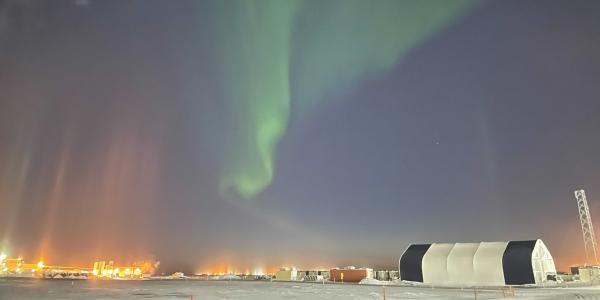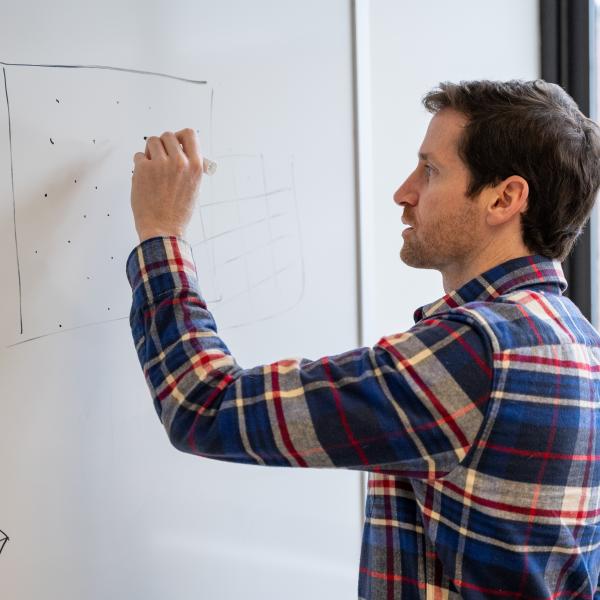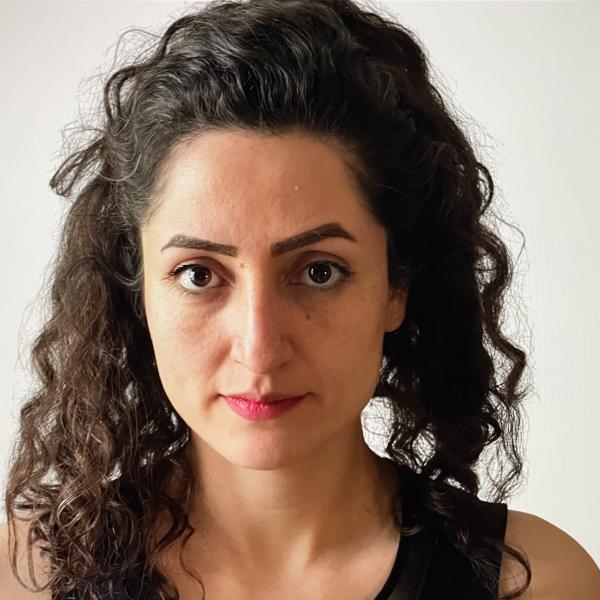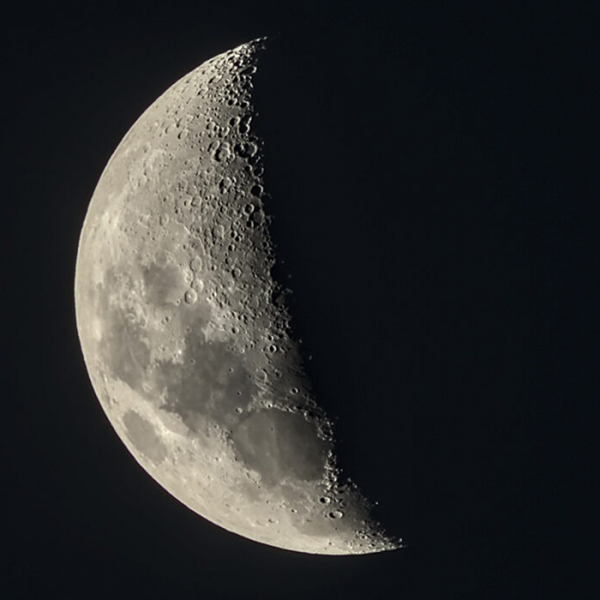From the icy ends of the Earth to the tropics, scientists across disciplines are using radar, big data, and other tools to help us better understand our changing planet.
Standing in the middle of the Ross Ice Shelf, a France-sized fortress floating off the coast of Antarctica, the frozen expanse appears locked in time. A closer look, however, reveals the frozen world is far more dynamic and mysterious than it initially appears.
Precise GPS measurements collected by Doug Wiens, the Robert S. Brookings Distinguished Professor, tell the real story: The entire ice shelf lurches forward several inches once or twice a day, a massive shift that’s imperceptible to the human eye.
The movements may be subtle, but, in a warming world where ice is increasingly imperiled, even small “icequakes” could be profound. “We don’t have any evidence that the movements are threatening the ice shelf, but we also don’t fully understand the physics,” said Wiens, who has been studying and visiting ice fields in Antarctica, Patagonia, and elsewhere since the late 1990s. “If the motions become more energetic, it could be a different story.”
Wiens isn’t the only WashU researcher working to uncover our planet’s secrets at this crucial time. Researchers across Arts & Sciences are increasingly setting their sights on the Earth and its climate. Their work spans hemispheres, geologic eras, and nature in all its extremes, from fire to ice.
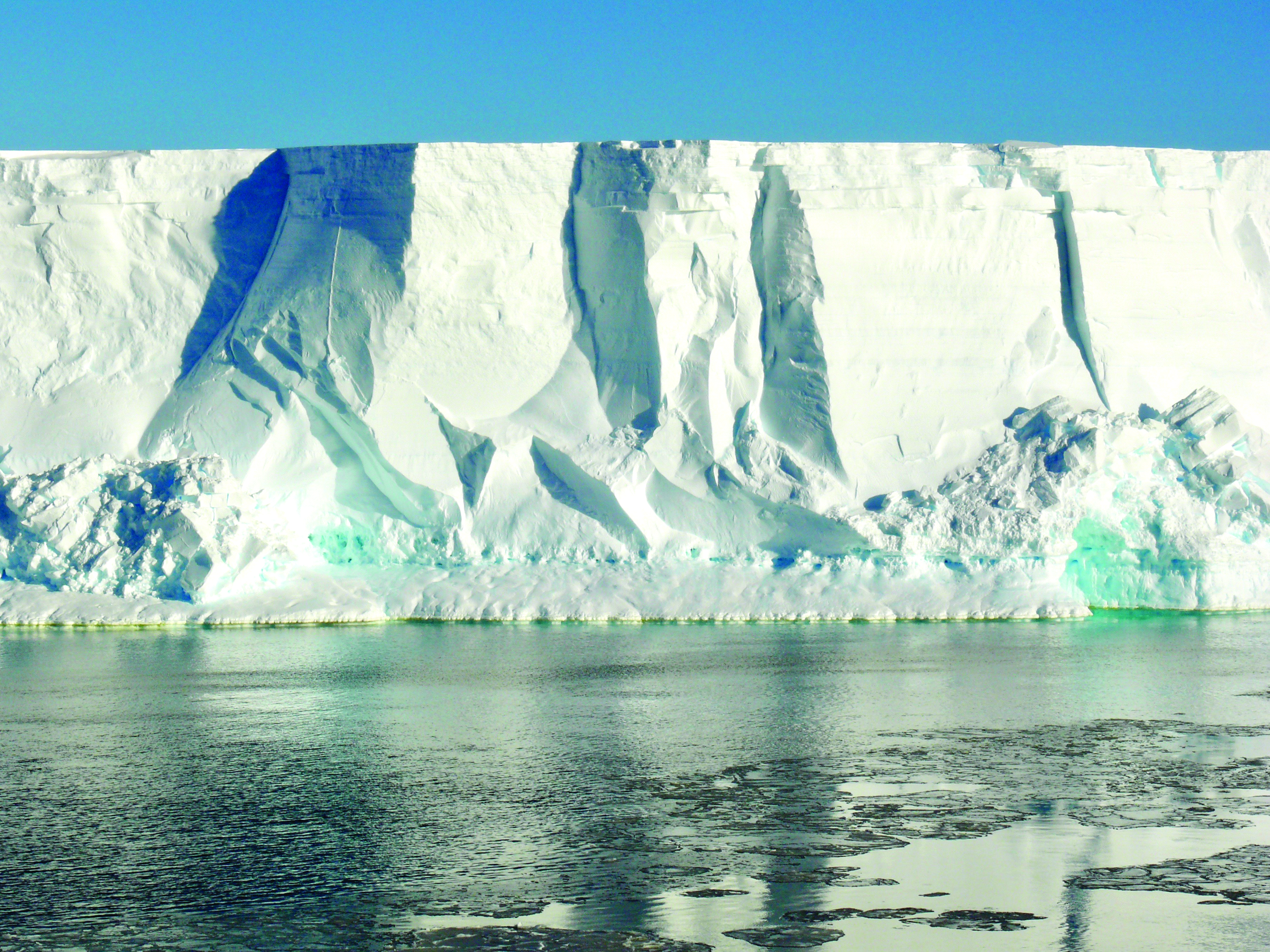
A safety blanket for the planet
Fire and ice might seem an odd pairing, but they’re both central to the work of Roger Michaelides, assistant professor of Earth, environmental, and planetary sciences. The recipient of a prestigious NASA fellowship for early-career researchers, Michaelides uses radar images from aircraft and satellites to study the complex relationship between wildfires and frozen tundra in the Arctic, the world’s fastest-warming region.
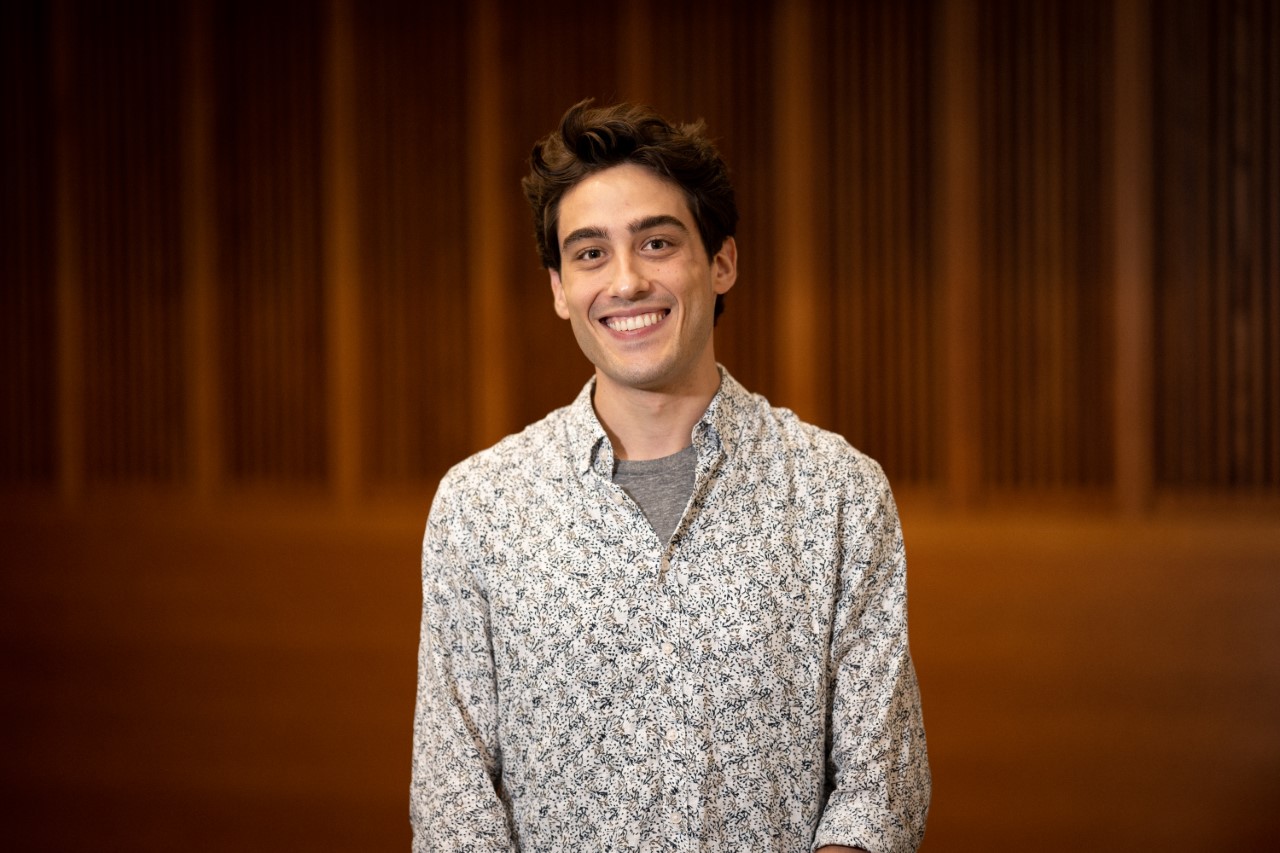
The cold soils in Alaska and other Arctic regions contain a fragile layer of permafrost, frozen ground that acts like a safety blanket for the planet. “Permafrost represents one of the largest reservoirs of carbon on Earth,” Michaelides said.
If that frozen layer thaws and breaks down, Arctic soils could release enough carbon dioxide and other greenhouse gases to further warm the north, leading to more melting and global warming. “We could be looking at a runaway feedback loop,” he said. It’s an unsettling thought, to be sure, but it’s far from inevitable. “There’s a lot we don’t understand about how the system works.”
Michaelides is especially eager to see how permafrost responds to tundra fires ignited by lightning, a phenomenon that’s become increasingly common as the Arctic warms and dries. Using radar measurements to monitor how the ground freezes and thaws, he can determine if some areas of permafrost can withstand the heat. Even if a few patches of our natural safety blanket are lost in fires, they could potentially mend themselves under the right conditions. “We’ve found areas of intact permafrost in areas that have burned previously, which is encouraging.”
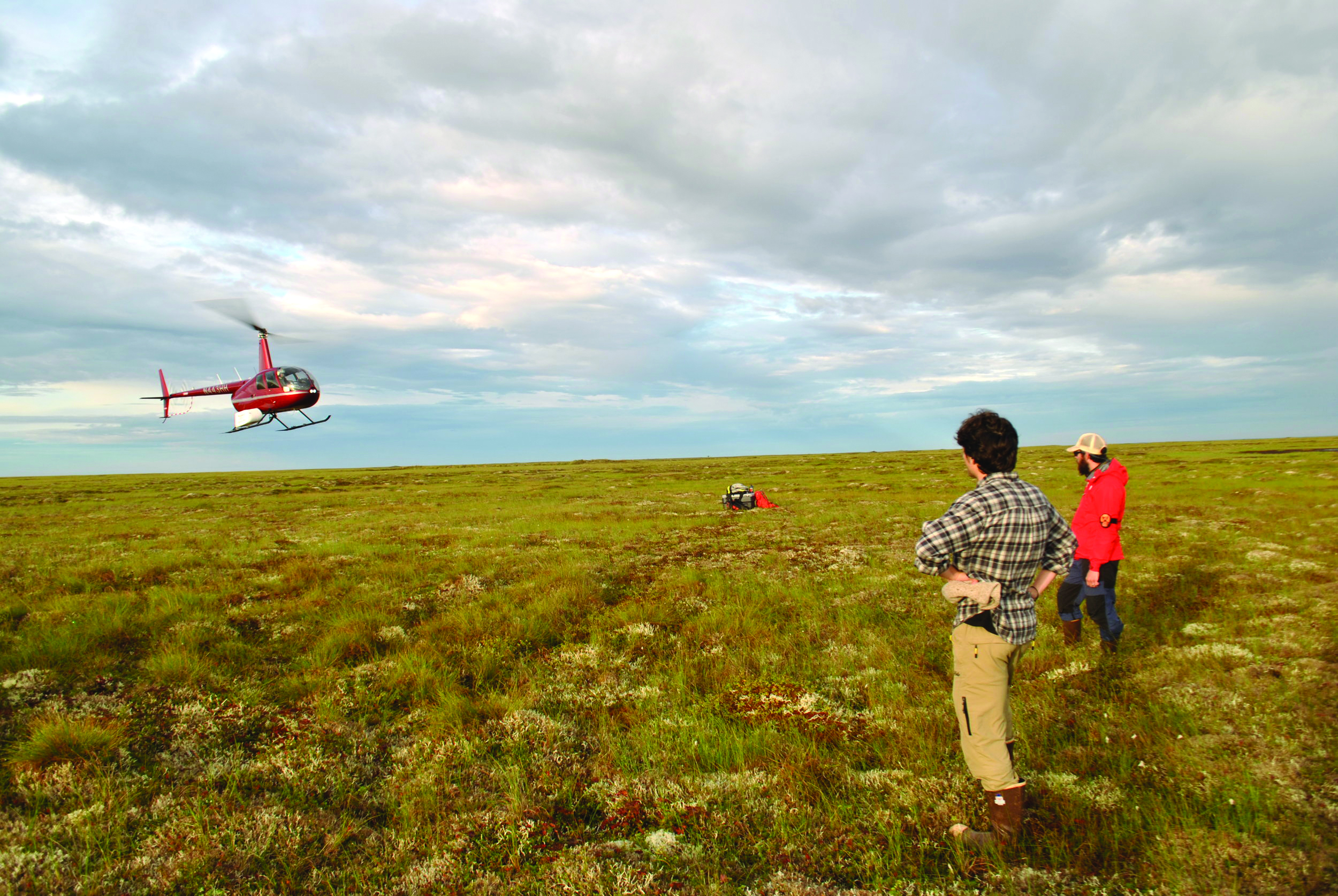
A data-driven approach to climate
At WashU, climate concerns cross departments and disciplines. Bo Li, a professor in the new Department of Statistics and Data Science who joined the university in August, is renowned for her work applying statistical tools to environmental topics such as climate change, heat waves, droughts, and floods. “I’ve been interested in the environment since I was a PhD student,” she said. “When I investigate a problem, I have to know that it’s important for society.”

The environment is a challenging target for statisticians because conditions tend to change across time and location. “It’s difficult to account for correlations in the data, but correlations provide the opportunity to find new things,” Li said. “I’m looking forward to starting new collaborations and taking on new topics with other researchers at WashU.”
Among her ongoing projects, Li is using precipitation models to study the vulnerability of aging dams across the United States. As extreme rain becomes more frequent, our aging infrastructure will be at risk. Statistical analysis can help identify the dams that need to be repaired, replaced, or removed. “There are more than 90,000 dams in the U.S. and many are more than 50 years old,” Li said. “This is a very pressing issue.”
Li is also looking back in time to study how the 1991 eruption of Mount Pinatubo in the Philippines affected global climate. That cataclysm released enough ash and particulates to temporally block the sun and, by some estimates, lower the average temperature of the planet by about 0.5 degrees Celsius for one to three years. More than 30 years after the event, the research is still relevant. Some scientists have proposed injecting particulates into the atmosphere — simulating a sort of artificial eruption — to slow climate change. Studies of Pinatubo should offer important insights for the implications of such a plan, she said.
Another major player in WashU’s climate research is Bronwen Konecky, assistant professor of Earth, environmental, and planetary sciences. Using clues from hydrogen isotopes, carbon isotopes, and other atomic signatures, she investigates how global climate shifts have shaped tropical rainfall patterns over the last 25,000 years.
In April, Konecky and colleagues reported on an investigation that tracked the last 800 years of the Pacific Walker Circulation, an atmospheric circulation pattern that plays a significant role in rainfall extremes across the globe. The team found that major volcanic eruptions weakened the PWC, but they saw little evidence that the Industrial Revolution or any other human activity had any sustained impact on the strength of the circulation pattern, a relatively rare sign of stability in a changing world.
Preparing the next generation
Michael Wysession, professor of Earth, environmental, and planetary sciences, specializes in the internal workings of the Earth — particularly the boundary between the core and the mantle — but he has become a leading voice on climate change in the national and international press. When a reporter contacts him for a story about a heat wave or a new model predicting a rise in global temperatures, he’s eager to share his expertise. “Nothing I can spend my time on is more important than getting people familiar with the ideas of climate change,” he said.

Wysession is working to ensure future generations will have a basic understanding of the science behind our planet’s biggest challenges. “The students who come to WashU already have an awareness and a desire to learn,” he said. “In my courses, we focus on solutions and building resiliency for the climate. I’m confident they’re going to get out there and do the job.”
As the lead geoscience author of the Next Generation Science Standards that guide K-12 education in almost every state, he’s spreading that awareness and sense of urgency to millions of young people across the country. Those students will be poised to eventually turn their education into climate-friendly actions and policies that make a positive difference. “The question is whether the planet has enough time to wait for them to be in charge,” he said. “I’m inherently an optimist, so hopefully yes.”
As he ponders the future of the Ross Ice Shelf, Wiens too is watching the clock. For now, it appears the massive daily movements of ice he’s detected don’t pose a threat. Under current conditions, the shelf should be able to lurch forward without much risk of crumbling into the sea. But that’s the thing about climate: The conditions are always changing. If the Southern Ocean warms enough to weaken the shelf, Wiens suspects sudden movements and associated ice quakes could make the shelf more unstable, potentially leading to more fractures.
Because the Ross Ice Shelf floats like a colossal iceberg, any loss of ice won’t directly raise sea levels. (If that’s surprising, put some ice cubes in a glass of water. As the ice melts, the water level stays the same.) But the shelf does act as a buffer between the ocean and the massive reserves of ice that cover the continent. Without the protective shelf, glaciers and ice fields from the interior could slide into the ocean and raise sea levels. When, if, and how that might happen is unclear, a future as opaque as the thick, white ice.
For anyone trying to understand the planet and its future, many questions remain. WashU researchers will continue looking for answers everywhere their science takes them. Icequakes, floods, droughts, and wildfires — if it matters to the Earth and its inhabitants, they’ll be watching.
A university-wide commitment
WashU’s Center for the Environment and Arts & Sciences’ Living Earth Collaborative are vital hubs for researchers investigating ecology, biodiversity, and other pressing climate issues.
Center for the Environment
Launched in July 2023 as a result of the university’s “Here and Next” strategic initiative, the Center for the Environment supports high-impact interdisciplinary research and brings together more than 90 scholars across WashU. These researchers are pursuing solutions to deep societal challenges including climate change, air pollution, access to clean water, food insecurity, biodiversity loss, and infectious diseases.
Living Earth Collaborative
Since 2018, the Living Earth Collaborative (LEC) has united conservation-minded researchers from WashU, the Missouri Botanical Garden, and the Saint Louis Zoo to promote and protect global plant and animal biodiversity. Now a signature initiative of the Arts & Sciences Strategic Plan, the LEC has gained additional momentum and resources thanks to the efforts of co-directors Jonathan Losos, the William H. Danforth Distinguished University Professor, and Crickette Sanz, the James W. and Jean L. Davis Professor in Arts & Sciences.

